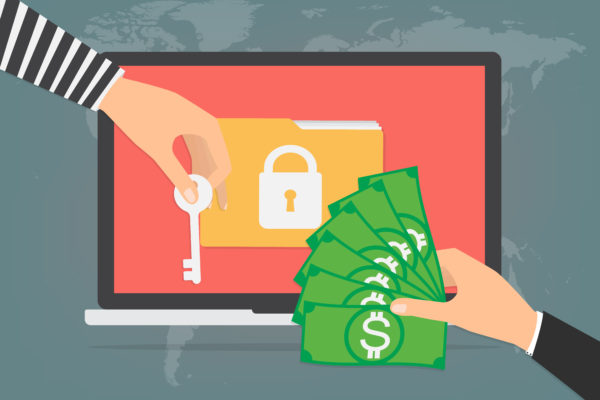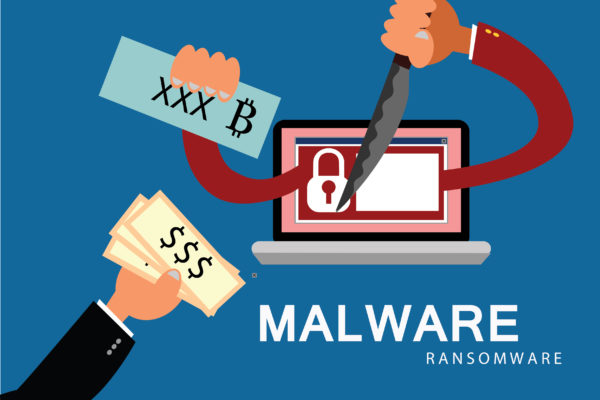If you think about one of the most devastating cyber assault of recent times, then WannaCry will surely pop up in your mind. This ransomware activity can be termed as the highlight of the last year when it wrecked havoc on over 150,000 devices worldwide. Since the first outbreak of WannaCry, ransomware operators have constantly tried to cash on its notoriety. For that reason, many WannaCry imposters such as WannCrypto have made entry into the cyberspace in the following months.
And it seems that the cryptovirological developers haven’t got enough of WannaCry panic because malware hunters have yet again discovered a new screen locker strain designed on the GUI interface of WannaCry. WannCrypto locks down the screen of the affected device and puts a ransom note on the display, identical to the one displayed after WannaCry infiltration.
WannCrypto developers ask for 0.9 Bitcoin in the ransom note for ransomware removal. They further threaten the affected user that they will delete the files after 72 hours if their ransom demands are not met. Since WannCrypto only locks down the screen of the affected device, therefore it’s nothing but an empty threat.
The researchers, who are dissecting the code of WannCrypto, think the ransomware is in its nascent phase. There are strong chances the developers of the strain will eventually integrate file encryption capabilities in the code of the cryptovirological strain to make the threat of ransomware more potent.
It has also been noted that WannCrypto tries to infiltrate devices and networks through unsecure web links and servers. Therefore, make sure you only surf websites that maintain necessary security protocols (appended with the prefix of “Https”). Also, install ad-blocker on your web browser to prevent unauthorized auto downloads. Such malicious downloads might contain ransomware payload, which gets unzipped as soon as the file is downloaded.



